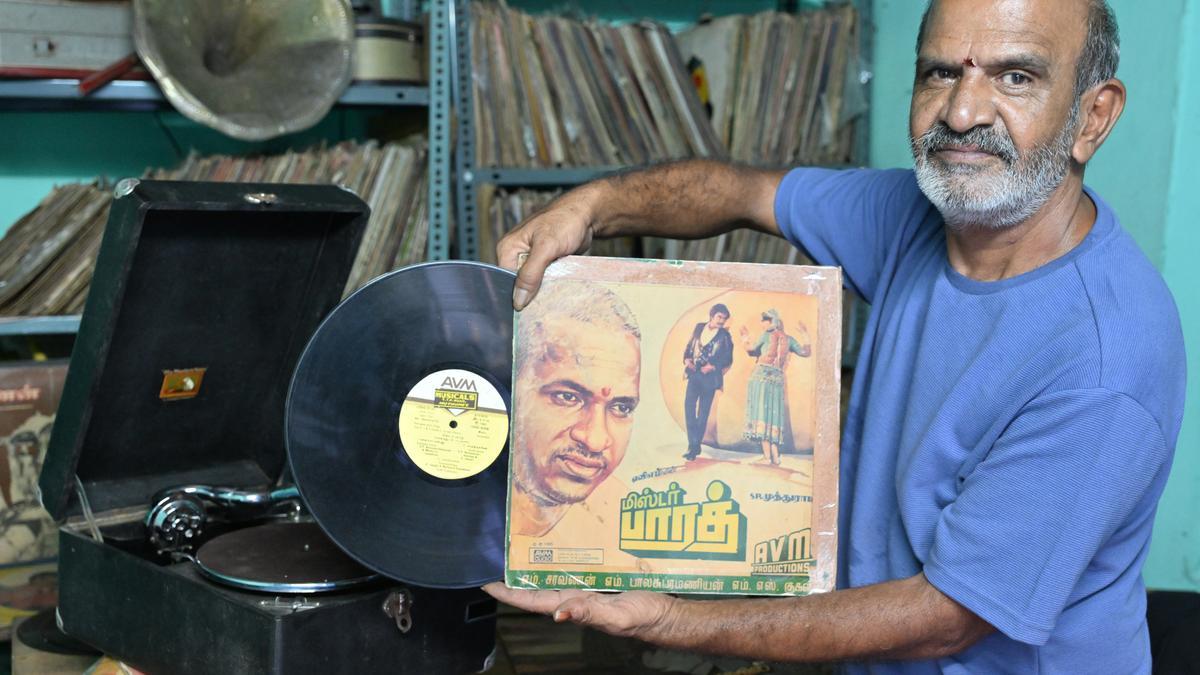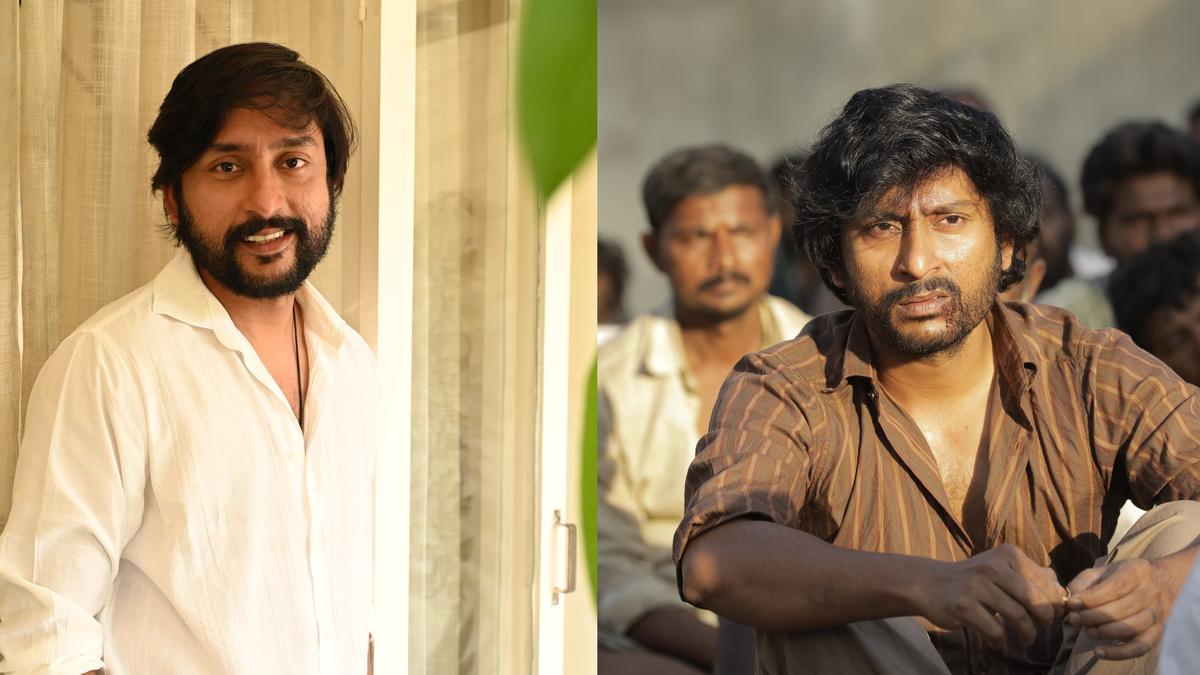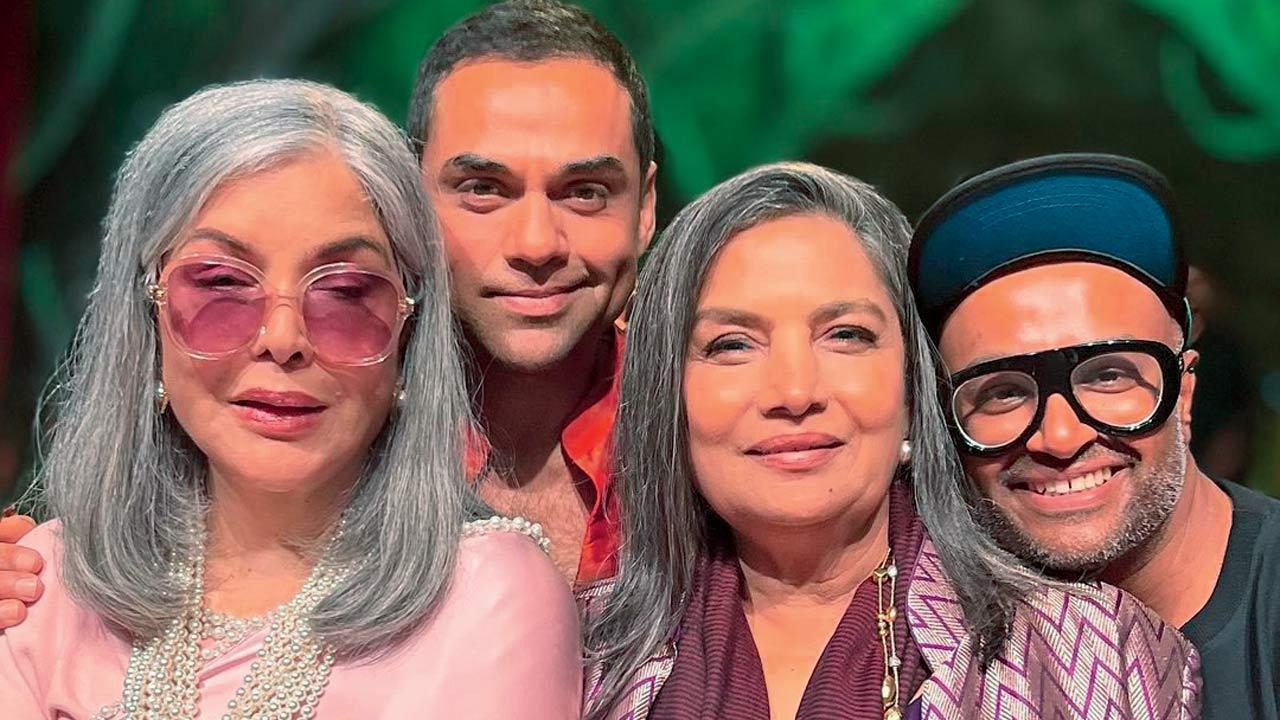
At his warehouse operating out of a rented facility in Pudur, Peelamedu, Radhakrishnan wades through stacks of pre-owned vinyl records vying for space alongside vintage audio equipment, some of them in working shape, others awaiting repair. Here, he meticulously sorts through the records and equipment sourced from across the country and weeds out the bad ones from the good. The good ones eventually find their way to his store, Shri Music, in Pudur, and into the hands of a new generation of listeners curious to try out this tactile medium of music playback.
“With a vinyl record, there’s no standard definition of ‘good,’” says Radhakrishnan. “Depending on the amount of wear and tear, there can be varying gradations of good. The bad ones, on the other hand, are just that – bad.”
A 1960-made gramaphone at Sri Studios
| Photo Credit:
Siva Saravanan S
Unlike the new-age hipster fascination with analogue technology, Radhakrishnan’s tryst with the format goes back at least half a century when he was a boy. “My brother was a radio mechanic in the 1970s. One day, he brought home a record player and a small cache of records ranging from devotionals to songs from the film, Bobby, released that year. The moment I heard the sound from those records, I was hooked for good,” he recalls.
It wasn’t until four decades later that Radhakrishnan was able to turn his passion into a living. In the meantime, he supported himself through jobs in mills and lathes, even a brief stint as taxi driver. In 2017, sensing a resurgent interest in vinyl, he took the leap and set up Shri Music. Radhakrishnan now owns around 10,000 records across languages and genres, and caters to a client base across the state, sometimes even beyond.
Copper needles used for gramaphone at Sri Studios
| Photo Credit:
Siva Saravanan S
Sifting through the many hundreds of vinyls inside his warehouse, which is less a warehouse and more of a musical treasure trove, an Ilaiyaraaja album might be followed by a Mohammad Rafi compilation, then a reggae record, and so on. And it’s not all vinyl – one might even stumble upon a crate of cassette tapes or a reel-to-reel machine.
With the many labels that manufactured records when they were at the height of their popularity from the 60s to the 80s before cassette tape took over, Radhakrishnan is well aware of the qualities that define each label. Picking up a Decca record from 1969, he says, “Decca records are notable for the depth of their sound.” He also swears by 45rpm EPs as offering superior sound quality in comparison to 331/3 rpm LPs. “They sound even better in stereo, but you don’t find a lot of stereo recordings in India, where they’re often downsized to mono,” he adds.
Prior to vinyl, 78rpm shellac records (or ‘HMV thattu’ as they were referred to in common parlance) were the predominant audio format. These discs, which could hold a little over three minutes of audio, were gradually phased out with the arrival of vinyl, which could carry more songs and offered improved sound quality. “78rpms were in production in India until the early 70s, which is when vinyl began to take over. Many of the shellac recordings were then transferred to 45rpms by labels like Angel records, and the quality of these records continue to hold up,” he asserts.
Music labels, responding to the change in consumer tastes, have begun to issue the work of select artists on vinyl, as well as reissuing the work of the greats of the 50s to the 80s on newly remastered vinyl. However, purist that he is, Radhakrishnan is sceptical about the reissues. “Most vinyl reissues these days are cut from digital masters, unlike the originals, which were directly cut from the master tapes. They don’t always capture the same sound,” he remarks.
Published – November 26, 2024 01:21 pm IST










